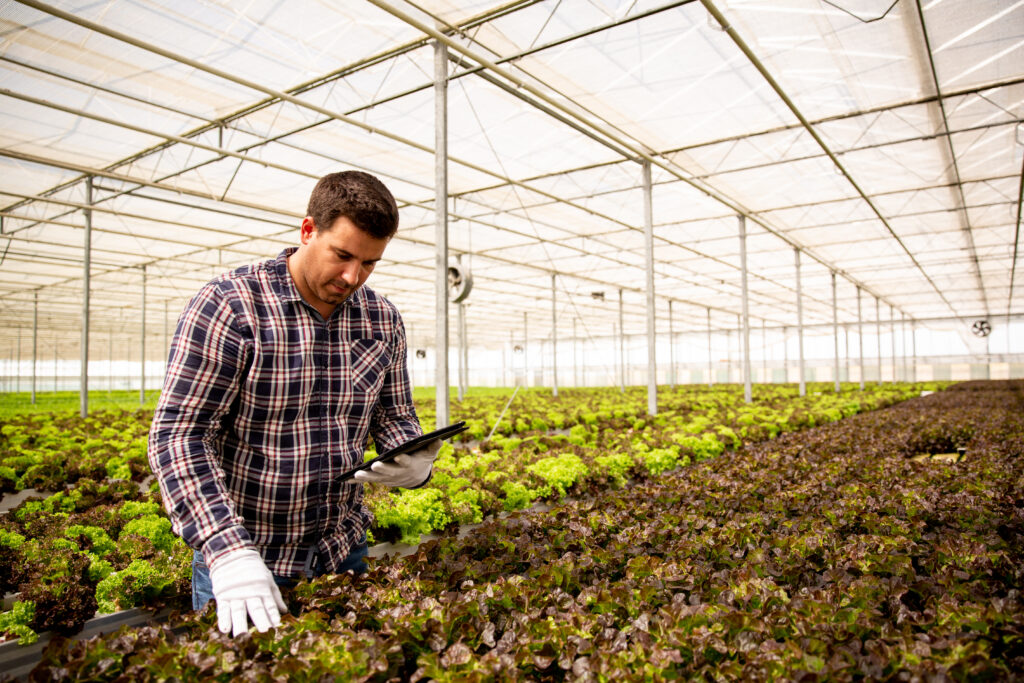Farming with traditional methods
Farming with traditional methods, is a labor-intensive and time-consuming task. But in recent years, the farming sector has witnessed a surge in transformations and technologies. Modern technology in farming has brought a productive revolution to the agricultural landscape. These transformations have made farming easier, more efficient, sustainable, and more productive than ever.
However, farmers are opting for smart farming to maximize their yield and minimize the environmental effects. However, with this development, advanced farming tools and equipment have become necessary for farmers to completely enjoy the benefits of modern farming. These tools and equipment are shaping the future of agriculture. In this article, we will explore some must-have gear for modern farmers and their utility for farmers and the farming sector as well.
1.1 Tractors and Agricultural Machinery
For many years, tractors have been the backbone of farming, but modern versions are very different from the simple machines of the past. Modern tractors come with cutting-edge features like auto-steering, GPS systems, and precise navigation. These characteristics lead to improved yield results by reducing waste and overlapping work in addition to enhancing efficiency. A contemporary farm must include specialized equipment like combine harvesters, plows, and seed drills since they play a crucial role in expediting the planting and harvesting operations.
1.2 Drones and UAVs
Drones, also known as unmanned aerial vehicles (UAVs), have literally raised the bar for farming. Farmers can receive real-time information on crop health, moisture levels, and insect infestations via drones with cameras and sensors. Farmers may use this information to identify problem regions, make data-driven choices, and administer treatments precisely where they are required. Large fields that are challenging to monitor manually benefit the most from drone use, which ultimately saves time and resources.
1.3 Precision Farming Software
Modern agricultural machinery‘s muscle is controlled by precision farming software. These software tools produce in-depth maps of fields using data from several sources, including GPS, drones, and sensors. These maps may then be used by farmers to examine changes in soil composition, moisture content, and nutrient distribution. They may now adjust their planting, irrigation, and fertilization tactics to maximize production and reduce waste.
1.4 Soil Sensors
Healthy soil is the basis for healthy crops. Farmers can keep an eye on crucial factors including moisture content, temperature, and fertilizer levels thanks to soil sensors. Farmers may decide when to fertilize and plan irrigation based on this real-time data, ensuring that crops get the proper quantity of nutrients at the right time. This not only increases output but also aids in water conservation and reduces over-fertilization.
1.5 Automated Irrigation Systems
Agriculture is increasingly concerned about water shortages. This problem is solved by automated irrigation systems, which distribute water precisely when and where it is needed. The ideal watering schedule is determined by these systems using information from soil sensors, weather predictions, and even satellite data. Farmers may grow better crops and aid in water conservation initiatives by reducing water waste and ensuring effective water usage.
1.6 Vertical Farming Equipment
Vertical farming has evolved as a practical method for growing food in constrained spaces as urbanization keeps growing. Farmers may produce crops indoors without the limitations of conventional soil-based farming thanks to specialized equipment like vertical hydroponic towers and LED grow lights. Year-round agriculture is made possible by this regulated environment, which also offers shelter from bad weather and the potential for better yields per square foot.
1.7 Livestock Monitoring Technology
Modern technology provides livestock producers with tools to enhance farm management and animal care. Individual animals’ health and behavior may be tracked via wearable sensors, allowing for the early diagnosis of diseases and stress. Automated feeding programs guarantee that animals get the proper amount of food, preventing waste and promoting healthy growth. These innovations enhance both the welfare of the animals and the farm’s general productivity.
1.8 Robotic Systems
On the farm, robots are taking over duties that were formerly labor- and time-intensive. These robots increase production and lessen the need for physical labor, from robotic weeders that precisely target invasive plants to automated milking systems in dairy farms. Robotic systems help alleviate the problem of a labor shortage that many contemporary farms have.
1.9 Renewable Energy Solutions
Modern farming is highly concerned with sustainability. Farmers have the chance to produce clean energy on-site with the help of renewable energy options like solar panels and wind turbines, which helps them become less dependent on fossil fuels and lowers their operating expenses. Even selling extra energy back to the grid would provide additional income for the farm.
1.10 Farm Management Software
Farm management software is essential in the era of data-driven agriculture. These platforms aid farmers in the collection, organization, and analysis of data from many sources, such as equipment, sensors, and weather predictions. By consolidating this data, farmers are better able to plan their planting, harvesting, and resource allocation, which eventually results in greater crop performance and increased profitability.
Conclusion
Farm management software is essential in the era of data-driven agriculture. These platforms aid farmers in the collection, organization, and analysis of data from many sources, such as equipment, sensors, and weather predictions. By consolidating this data, farmers are better able to plan their planting, harvesting, and resource allocation, which eventually results in greater crop performance and increased profitability.

